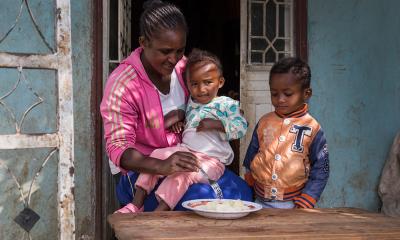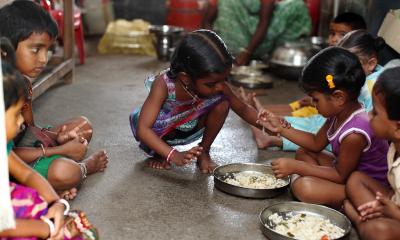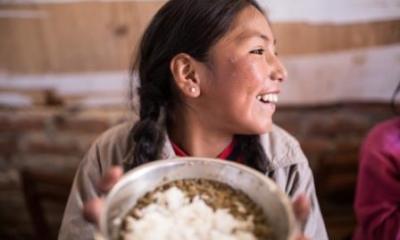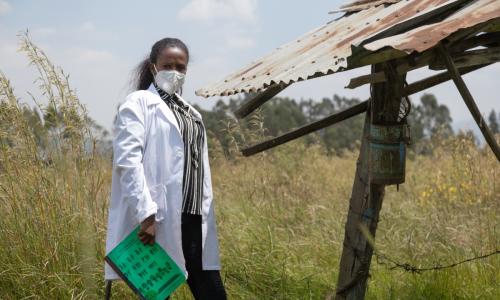
India will soon have the largest and youngest workforce the world has ever seen. It is critical to improve levels of education and skills to meet the rising aspirations of India’s young people. While primary education has largely been universalised, and the number of teachers in school education is increasing, primary school learning outcomes remain low, only half of all school children go on to secondary education and just over a third to higher secondary education. Although India’s health indicators have improved, maternal and child mortality rates remain high and 38% of children under five remain stunted in India. Visit the Young Lives India website to learn more.
The Young Lives study sites are spread across 7 districts of Andhra Pradesh and Telangana. Over the course of our longitudinal study, our findings show that whilst overall levels of poverty has decreased, inequalities remain entrenched. Malnutrition remains high among the Young Lives children, with more than 40% of the poorest children being stunted at age five. Our education findings show that more than 38% and 64% of the Older Cohort and Younger Cohort children respectively completed university level education by 2020. While the percentage of girls marrying by age 19 has decreased from 36% in 2014 (Older Cohort) to 19% in 2020 (Younger Cohort), early marriage continues to remain an issue for girls. Read a summary of Young Lives' work in India via the button below.
India will soon have the largest and youngest workforce the world has ever seen. It is critical to improve levels of education and skills to meet the rising aspirations of India’s young people. While primary education has largely been universalised, and the number of teachers in school education is increasing, primary school learning outcomes remain low, only half of all school children go on to secondary education and just over a third to higher secondary education. Although India’s health indicators have improved, maternal and child mortality rates remain high and 38% of children under five remain stunted in India. Visit the Young Lives India website to learn more.
The Young Lives study sites are spread across 7 districts of Andhra Pradesh and Telangana. Over the course of our longitudinal study, our findings show that whilst overall levels of poverty has decreased, inequalities remain entrenched. Malnutrition remains high among the Young Lives children, with more than 40% of the poorest children being stunted at age five. Our education findings show that more than 38% and 64% of the Older Cohort and Younger Cohort children respectively completed university level education by 2020. While the percentage of girls marrying by age 19 has decreased from 36% in 2014 (Older Cohort) to 19% in 2020 (Younger Cohort), early marriage continues to remain an issue for girls. Read a summary of Young Lives' work in India via the button below.











